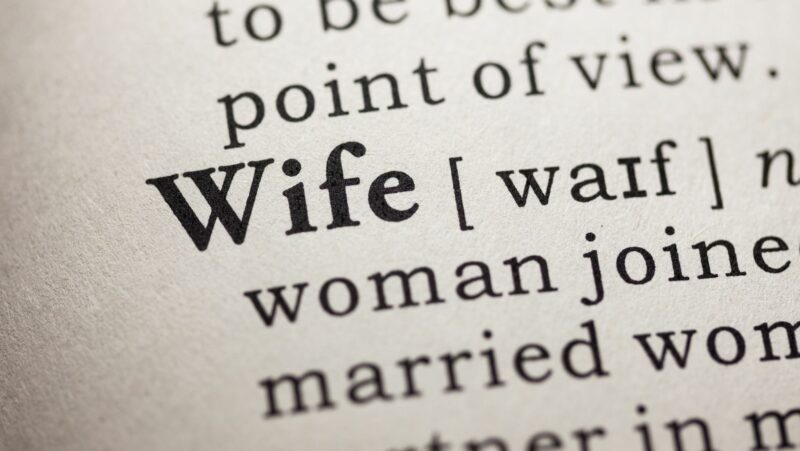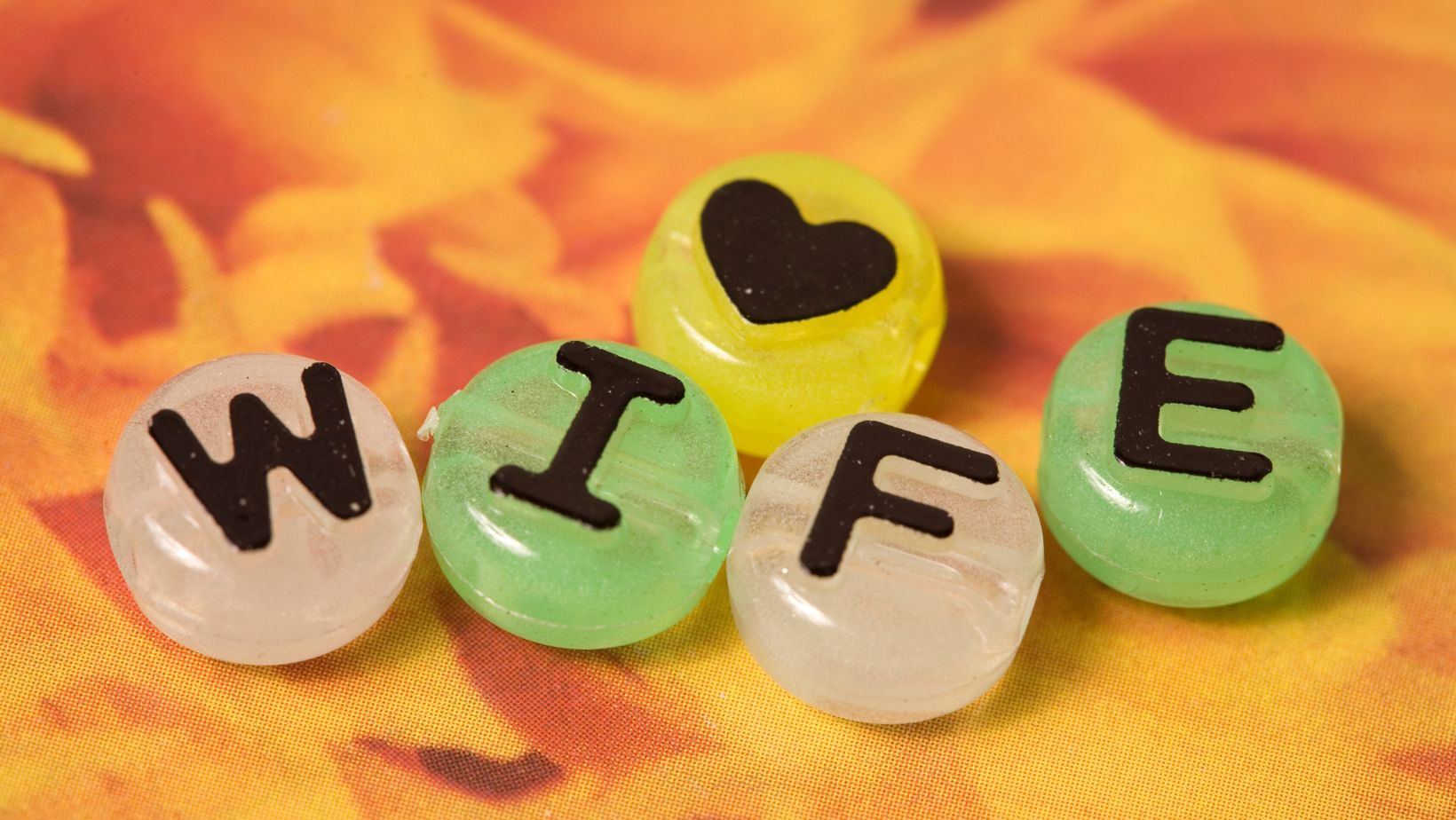
 Loneliness and isolation are powerful themes explored in John Steinbeck’s classic novel, “Of Mice and Men.” In this article, I will delve into how Curley’s wife is described in the book and the profound sense of loneliness and isolation she experiences. Through Steinbeck’s vivid portrayal, we gain insight into the challenges faced by this complex character and the impact it has on her life.
Loneliness and isolation are powerful themes explored in John Steinbeck’s classic novel, “Of Mice and Men.” In this article, I will delve into how Curley’s wife is described in the book and the profound sense of loneliness and isolation she experiences. Through Steinbeck’s vivid portrayal, we gain insight into the challenges faced by this complex character and the impact it has on her life.
Curley’s wife is introduced as a young and attractive woman who is married to the ranch owner’s son. However, as we delve deeper into her character, we discover the deep-rooted loneliness she feels. Steinbeck paints a poignant picture of a woman trapped in a loveless marriage, yearning for companionship and attention. Her interactions with the other characters in the novel reveal the isolation she experiences, making her a tragic figure in the story.
In this article, we will explore the various ways Steinbeck describes Curley’s wife and the effects of her loneliness and isolation. By examining her actions, dialogue, and the perceptions of other characters, we will gain a deeper understanding of the profound themes of loneliness and isolation in “Of Mice and Men.” So, let’s dive into the world of Curley’s wife and unravel the layers of her character in this captivating exploration.
How is Curley’s Wife Described in Death
As I delve deeper into the character of Curley’s wife in John Steinbeck’s “Of Mice and Men,” it becomes increasingly evident that loneliness and isolation are prominent themes within the novel. Curley’s wife, though often misunderstood, displays a deep yearning for connection and a desperate need to escape her own isolation. By examining her actions, dialogue, and the perceptions of other characters, we gain a deeper understanding of the profound impact that loneliness and isolation have on her life.
From the very first mention of Curley’s wife, we are introduced to her as a woman who longs for companionship. Described as “purty” and “full of life,” it is evident that she possesses a beauty that catches the attention of the ranch workers. However, her beauty becomes a source of isolation, as the men on the ranch are warned to stay away from her by their fear of Curley’s jealousy.

Describing Curley’s Wife: A Complex Character
Curley’s wife, introduced in John Steinbeck’s novel, “Of Mice and Men,” is a character that elicits mixed emotions from readers. She represents much more than just a wife in the story; she is a symbol of loneliness, isolation, and unfulfilled dreams. Steinbeck’s portrayal of Curley’s wife is nuanced, revealing the complexities of her character and the challenges she faces in a predominantly male-dominated world.
1. The Objectification of Curley’s Wife
From the moment we meet Curley’s wife, it becomes evident that she is constantly objectified by the other characters. She is referred to as “Curley’s wife” rather than given a name, emphasizing her lack of personal identity. This lack of recognition and agency contributes to her profound sense of loneliness and isolation.
2. The Desperate Search for Companionship
Despite her marriage to Curley, Curley’s wife yearns for attention and companionship. She seeks interactions with the other ranch workers, longing for someone to talk to and alleviate her loneliness. Unfortunately, her attempts to connect with others are often met with dismissal or suspicion due to the prevailing stigma surrounding her as the boss’s wife.
3. The Trapped Dreamer
Curley’s wife’s character is further shaped by her unfulfilled dreams and aspirations. She once had dreams of becoming a movie star and escaping the confines of her current life. Yet, as the reality of her situation sinks in, she realizes that her dreams will never materialize. This realization further contributes to her feelings of isolation and despair.
Conclusion
In John Steinbeck’s novel, “Of Mice and Men,” the character of Curley’s wife serves as a poignant representation of the destructive power of loneliness and isolation. Through her constant objectification by the other characters, her longing for companionship, and the rejection she faces, Steinbeck highlights the profound impact that isolation can have on an individual’s well-being. Additionally, Curley’s wife’s unfulfilled dreams and aspirations further deepen her sense of despair and isolation.
Steinbeck’s portrayal of Curley’s wife also sheds light on the societal attitudes towards women during that time period and the limitations placed upon them. As a tragic figure, she symbolizes the consequences of denying individuals their rightful sense of identity and purpose. Her story serves as a reminder of the importance of companionship and connection in combating the destructive effects of loneliness.













